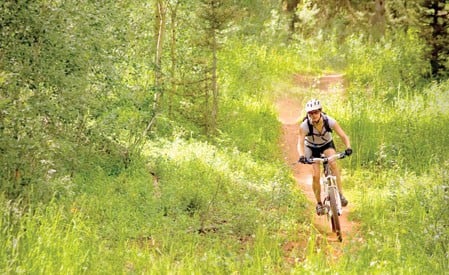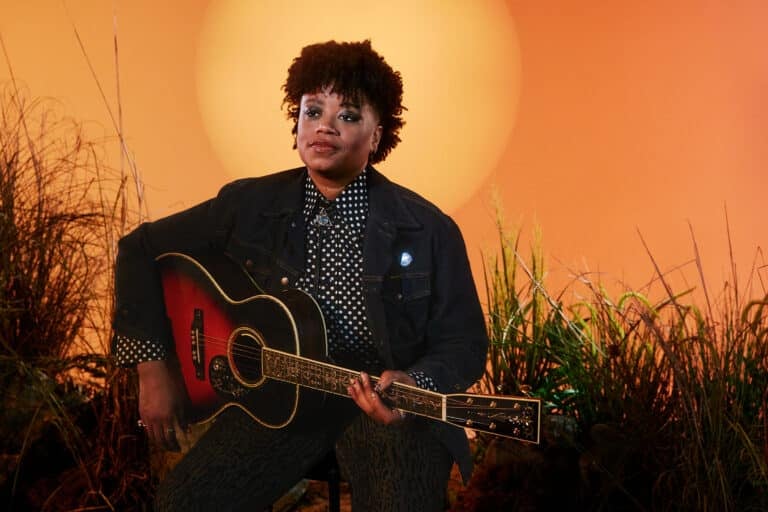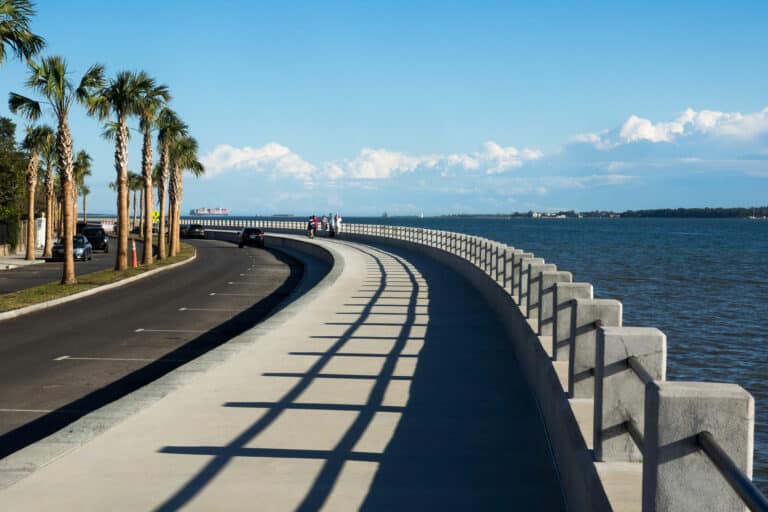My history with cycling correlates closely to my dating life. In high school, my boyfriend never tried to earn a driver’s license but opted instead to ride his bike everywhere. After we broke up, I threw my heartache into learning how to ride a bike, and that summer found me completing my first century. Fast forward a few years to college and a summer fling convinces me to sell my car and go car-free—something that lasted the remaining three years I spent in Atlanta—and which I still practice for my work commute.
Now, many moons later, I found myself at the top of a trail staring down at the left banked turn 15 feet below. Riding uphill wasn’t the hard part, going down was.
But how did I find myself at the first dip of the Songbird Trail at Carvin’s Cove? A boyfriend, mostly, whose fear of sharing the road with cars was (somewhat) greater than mine of bears on a trail. This wasn’t my first attempt at mountain biking—in college I’d completed a few cross country races—but the steep, technical north Georgia trails weren’t my cup of tea. I sold my Specialized Rockhopper shortly after Supermanning towards a thick white oak’s trunk, flapping my arms in the air as if I were a bird who could alter my course, and hadn’t looked back since.
This spring, though, I decided I need to try my legs at the sport again, and I’ve learned a few things since those afternoons when I hopped on a mountain bike hoping I could snag a bike shop boy if I was hardcore enough to hang with them on the singletrack.
First things first, I needed to ditch the gears. I’m not advocating that everyone go singlespeed, but in college as a beginner on the trail, I found it hard to assess the trail for the three R’s—roots, rocks, and ruts—and calculate which gear I needed to be in to make it to the top of a hill. On a road bike, most mountains I’ve ridden are gradual—I can slowly flip my way through the gears until I find a happy point and spin until I reach the top.
Mountain biking is more explosive. While there are plenty of 1000-foot climbs up the ridges here in southwest Virginia—more often than not, it’s a quick 15-20 feet pump up hill. And I’m horrible at gauging what gear I need to be in. I’ve never been as happy on a mountain bike as I have on my Redline Monocog 29er, throwing my legs into the climbs (and walking when I can’t).
Secondly, I just needed to take a few deep breaths and stop thinking about the trail so much, find the zen. Maybe some of that was simply growing up, but now, instead of hyperventilating or panicking as soon as my back wheel fishtails in the mud, I put a foot down (if need be), take a deep breath, and get back on the bike and pedal. Learning to scan the trail 10 feet in front of me and to not focus on the ground directly beneath my wheels also did wonders for learning how to ride tight curves.
The other key thing I’ve learned this year is that I need to take the time to actually look around me. It’s so easy to get caught up in the obstacles of the trail and forget that I’m surrounded by mountains—the reason I want to be on the trail in the first place—the breathtaking wildness of the region.
I’m still riding with platform pedals, but soon I’ll upgrade to clipless. I have found myself covered in mud after skidding out of a curve and hitting a pile of dried leaves. If there had been anyone around to watch, I’m sure they would have found it just as hilarious as I did—and that’s the key, grinning like a maniac even if I look like a fool.
Learning to ride a singlespeed has left me covered in mud, skidding out of curves and crashing into things. It has also made me less concerned about speed and more interested in the experience, less concerned about attainment and more interested in the journey.








